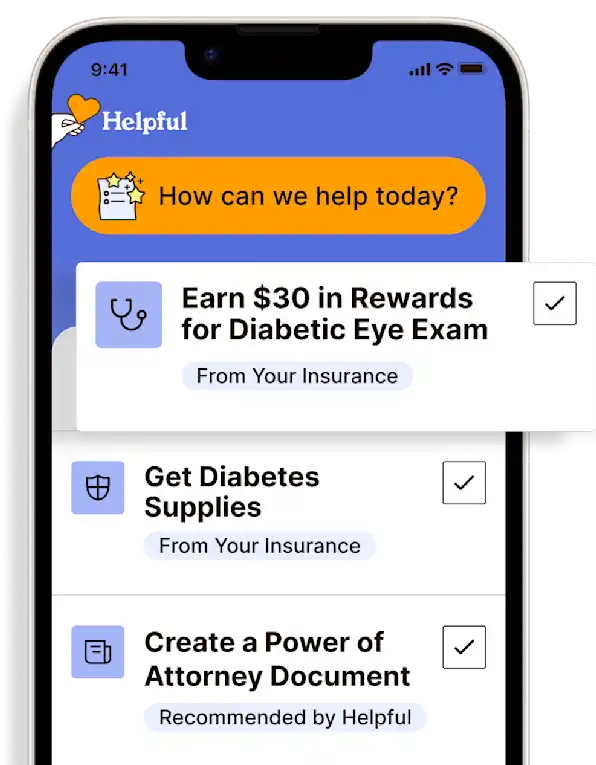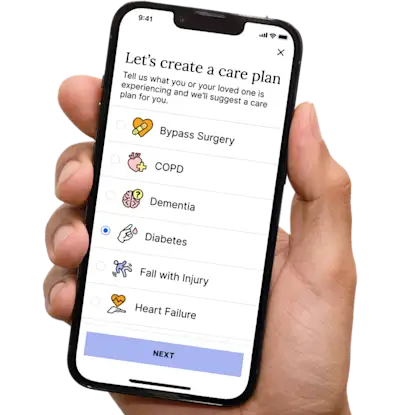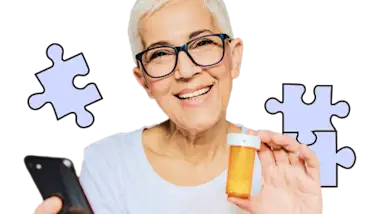Wellcare Dual Liberty (HMO D-SNP) (009): Acupuncture for Chronic Low Back Pain
Acupuncture for long-term back pain relief. Even those with a fear of needles are able to embrace this ancient procedure.
Access all my benefitsGet insurance benefits, legal documents, and medical records in one place
How To Receive
Details on how to apply
$0 copay for Medicare-covered, acupuncture received in a PCP office.
$0 copay for Medicare-covered acupuncture received in a Specialist office. Referral may be required. Prior Authorization may be required.
$0 copay for Medicare-covered acupuncture received in a Chiropractor office. Referral may be required. Prior Authorization may be required.
Covered services include:
Up to 12 visits in 90 days are covered for Medicare beneficiaries under the following circumstances:
For the purpose of this benefit, chronic low back pain is defined as:
lasting 12 weeks or longer;
nonspecific, in that it has no identifiable systemic cause (i.e., not associated with metastatic, inflammatory, infectious disease, etc.);
not associated with surgery; and
not associated with pregnancy.
An additional eight sessions will be covered for those patients demonstrating an improvement. No more than 20 acupuncture treatments may be administered annually. Treatment must be discontinued if the patient is not improving or is regressing.
Get more support and guidance on insurance benefits, medical records and legal forms.
Helpful brings together your insurance benefits, legal documents, and medical records in one personalized place — so you always know what you have, and never have to search again.

Chronic back pain originates from a previous injury, long-term repetitive motion or stress, and medical conditions of the spine or chest. While back pain is commonly manageable with some combination of surgery, medications, physical therapy, and home exercise, many people cannot endure surgery or tolerate medications, and even those who can, may still need additional help getting that pain under control. Many people who have chronic back pain, especially low back pain, have found acupuncture to be helpful when other treatments aren’t achieving the desired level of pain relief.
Acupuncture is an alternative or adjunct therapy in the treatment of chronic pain. It has been used in Chinese medicine for 2,500 years. Acupuncture involves inserting very thin, wirelike needles into the skin at various depths at strategic points on the body. Once inserted, the needles can be manipulated by hand or with small electrical currents (electroacupuncture) by the acupuncturist.
While the research on acupuncture is growing, proper scientific evidence on its effectiveness remains weak, though many scientists and medical professionals support it and the National Center for Complementary and Integrative Health reports that an analysis of data from 20 studies (over 6,000 participants) reported that the beneficial effects of acupuncture continued for a year after the end of treatment (except for neck pain).
While acupuncture does involve inserting these wirelike needles into the skin, there is typically no bleeding or bruising, though if there is - it is minimal.
Chronic back pain often does not resolve completely and that should not be the goal. The goal is to manage it to a point where the individual can function well and do the things they want to do with tolerable pain. To illustrate, people tend to find that a pain level of 3–4/10 does not limit their abilities or enjoyment.
For back pain that has lasted 12 weeks or longer, is non-specific (has no identifiable systemic cause such as metastatic, inflammatory, or infectious disease), is not associated with surgery, and is not associated with pregnancy.
Technology for Health Tasks. Mental Health for the Tough Stuff.
Helpful connects your medical records, insurance, and caregiving tasks automatically. And when you need more than logistics, a therapist is here to guide you.
In-Network and Covered
For Individuals, Couples and Families
HIPAA Compliant, Data Stays Private


Healthcare Tasks Simplified

From syncing records to spotting drug interactions, Helpful does the heavy lifting, turning complex health info into clear tasks and showing you benefits you can actually use, giving you clarity and control over your care.

In-Network Mental Health

Our licensed therapists are here to support you and your loved ones through stress, burnout, and life’s hardest moments, with an inclusive, compassionate approach that works with most insurance plans.

Create Legal Documents

Plan ahead by creating will, trusts, advance directives and more, that ensure your wishes are honored in the event you can’t speak for yourself -with Helpful guiding you every step of the way.